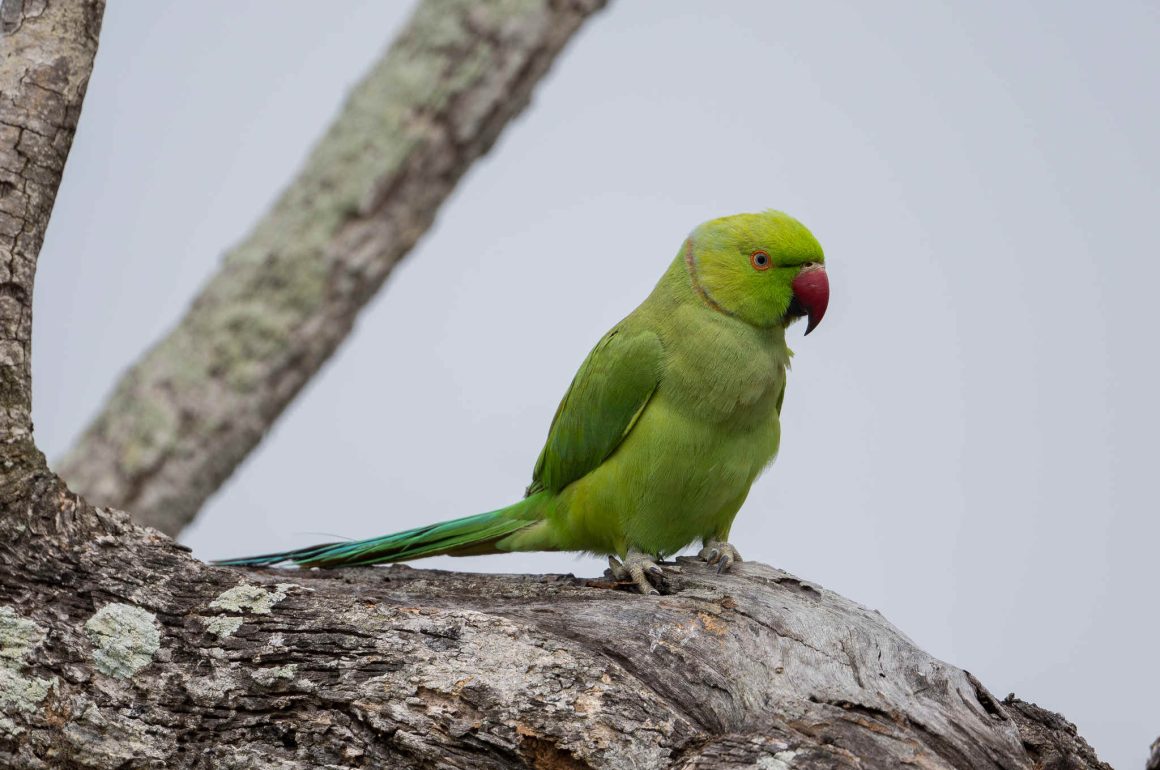
You know a species has an image problem when the vast majority of scientific papers covering it include the word “invasive” in their title. Such is the fate of the Rose-ringed Parakeet (paper title followed by an excerpt or highlight):
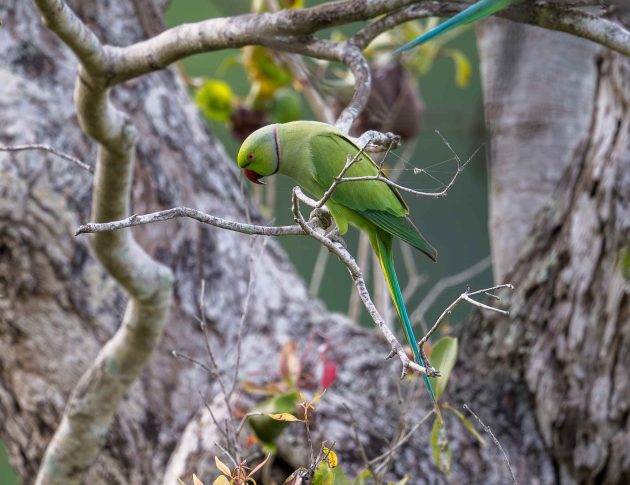
Biology and impacts of Pacific Island invasive species. 15. Psittacula krameri, the rose–ringed parakeet (Psittaciformes: Psittacidae) (“RRP are seed predators and rarely seed dispersers; their flock-foraging behavior can result in severe damage to orchard and field agricultural crops including tropical fruit and corn”)
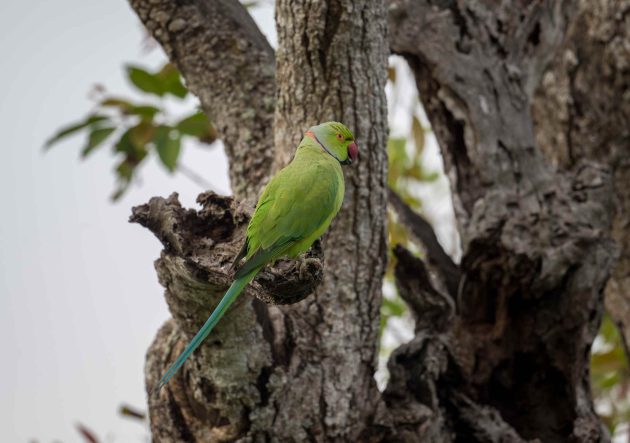
Nesting innovations allow population growth in an invasive population of rose–ringed parakeets (describing how the parakeets, instead of relying on natural cavities, dig their own tree cavities or use the stick nests of another species)
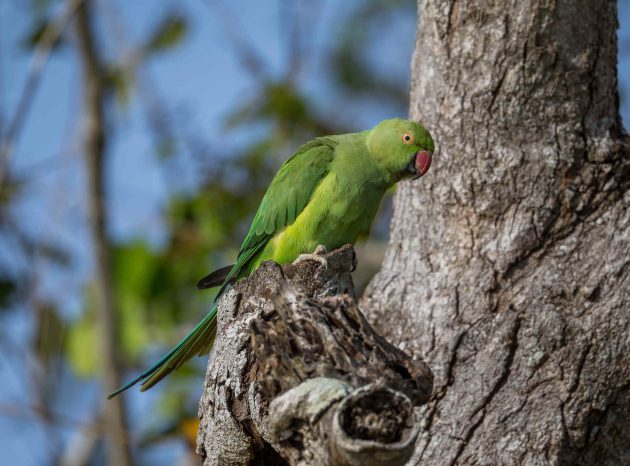
Global invasion success of the rose–ringed parakeet (“The regular presence of Rose-ringed Parakeets in urban parks and gardens may become so normal to our children … that parakeets become no more exciting than a common pigeon”)
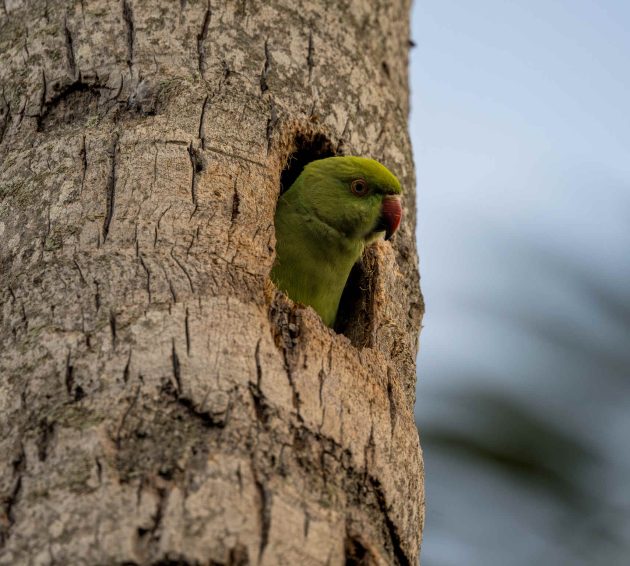
Seasonal effects on the thermoregulation of invasive rose–ringed parakeets (Psittacula krameri) (“Our results suggest that this species is physiologically and behaviorally equipped to cope with a range of climatic situations and this partly explains their global success as an invader species”)
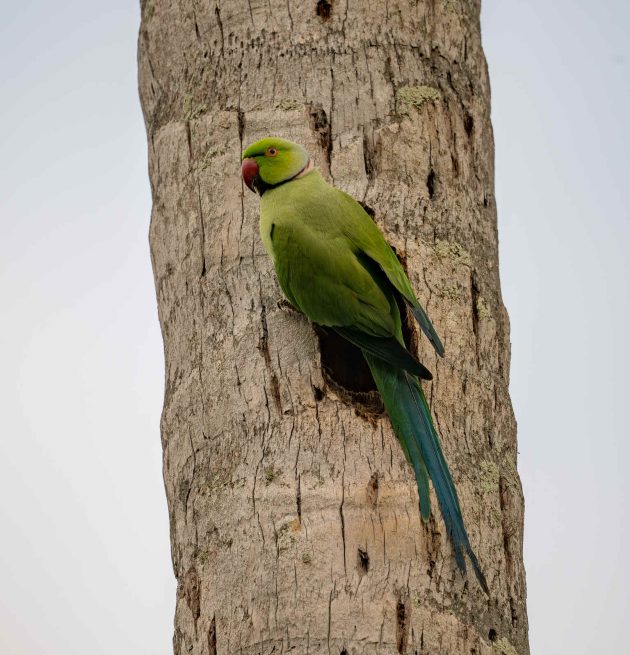
Improved surveillance for early detection of a potential invasive species: the alien Rose–ringed parakeet Psittacula krameri in Australia (“In Australia, it is classified as an ‘extreme threat’, yet captive individuals frequently escape into the wild.”)
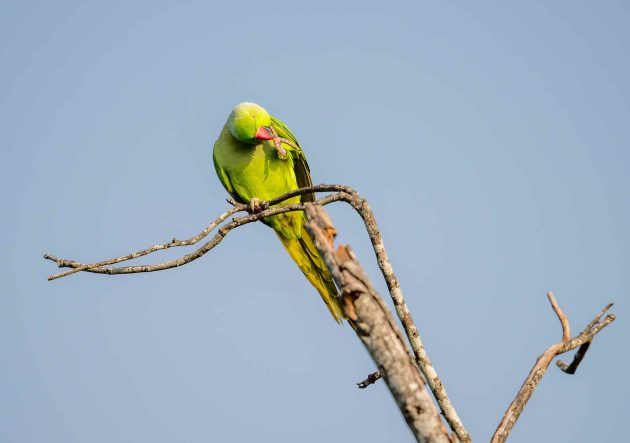
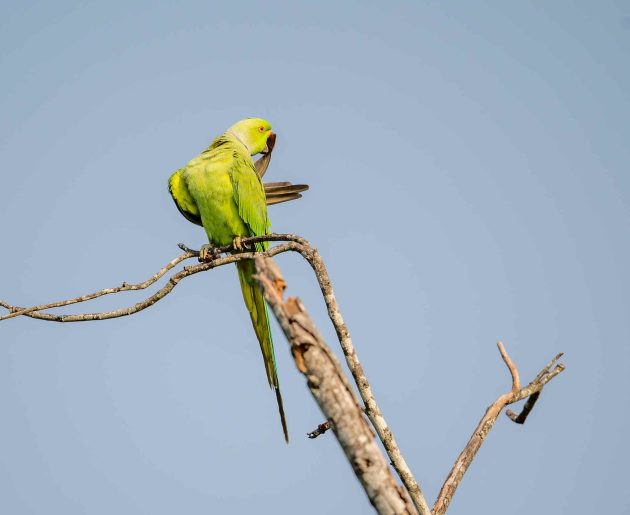
Critical review of potential control tools for reducing damage by the invasive rose–ringed parakeet (Psittacula krameri) on the Hawaiian Islands (“We recommend an integrated pest management strategy including lethal and non-lethal tools”)
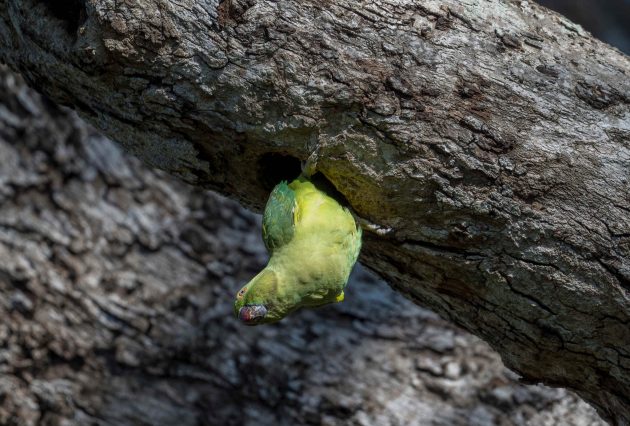
Diets of Kauai’s invasive rose–ringed parakeet (Psittacula krameri): evidence of seed predation and dispersal in a human-altered landscape (“land managers in agricultural, urban, and natural areas should be concerned with the current expansion of these invasive birds on Kauai and elsewhere”)
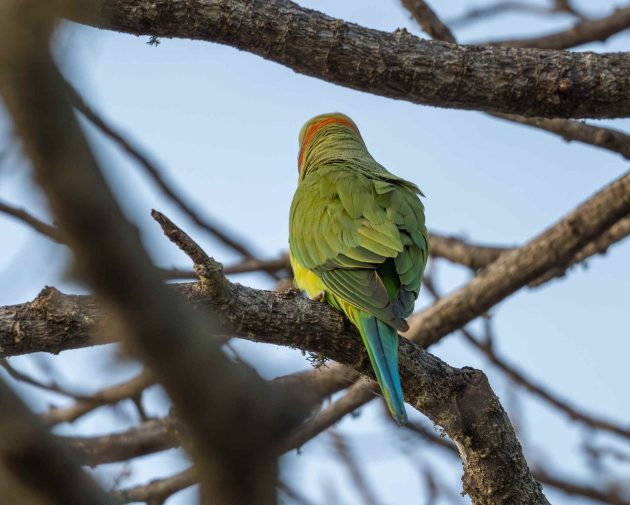
And many of the papers not containing the word “invasive” in their titles are not positive either:
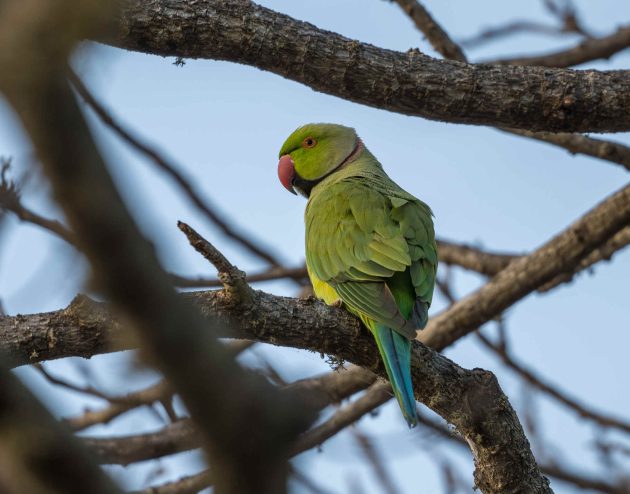
An estimation of Rose–ringed Parakeet (Psittacula krameri) depredations on citrus, guava and mango in orchard fruit farm (“Reliance on the traditional and effective pest management methods has no effective impact to reduce parakeet depredations”)
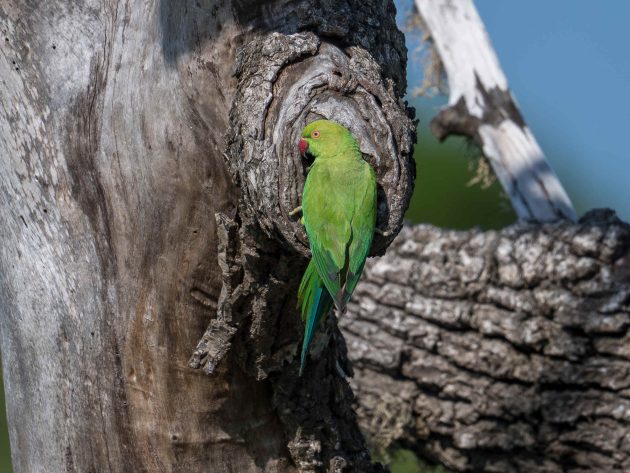
Records of fatal attacks by Rose–ringed Parakeets Psittacula krameri on native avifauna, which in its abstract describes “six fatal attacks by Rose-ringed Parakeets Psittacula krameri, one of the most successful invasive avian species in Europe, on House Sparrows Passer domesticus and Blue Tits Cyanistes caeruleus in Barcelona, Catalonia, Spain. Sparrows and tits were attacked through a 1.5-cm mesh whilst trapped inside funnel traps. Attacks were performed by more than one Rose-ringed Parakeets. An osteological examination of the House Sparrow skeletons revealed that most of the injuries were caused by the drilling and crushing of skull bones.”
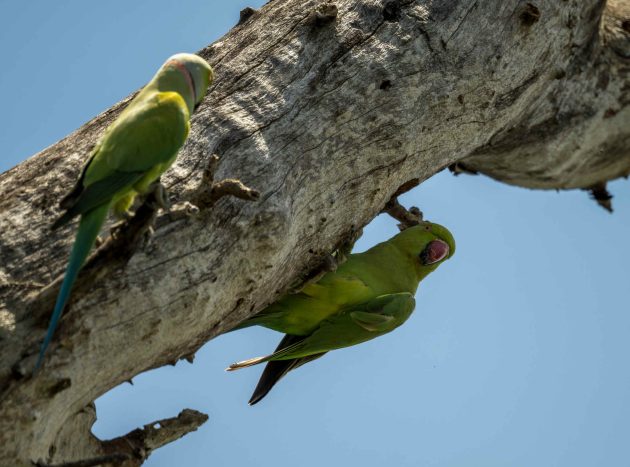
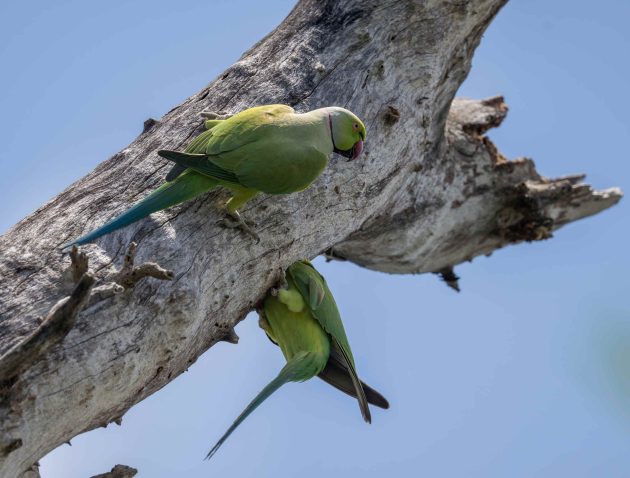
Rose–ringed parakeet nesting in Hawaii: A potential agricultural threat (recommendation in the paper: “Efforts be made by the proper State authorities to capture or eradicate all Rose-ringed Parakeets in the wild in Hawai’i.”
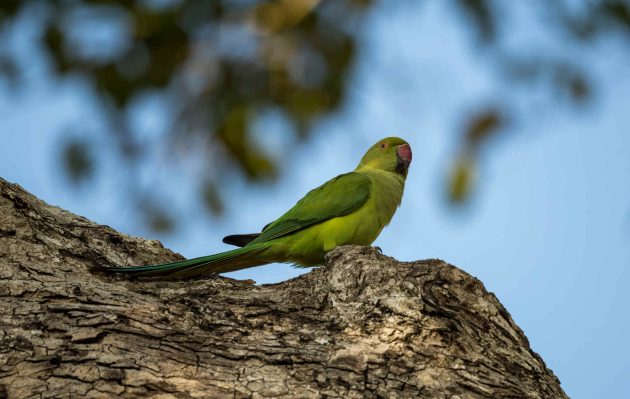
Rose–ringed Parakeets (Psittacula krameri, Scopoli, 1769) in Turkey: is the threat rising in the future? which argues for “the need for long-term management, particularly in coastal cities where already-established populations are increasing in size”.
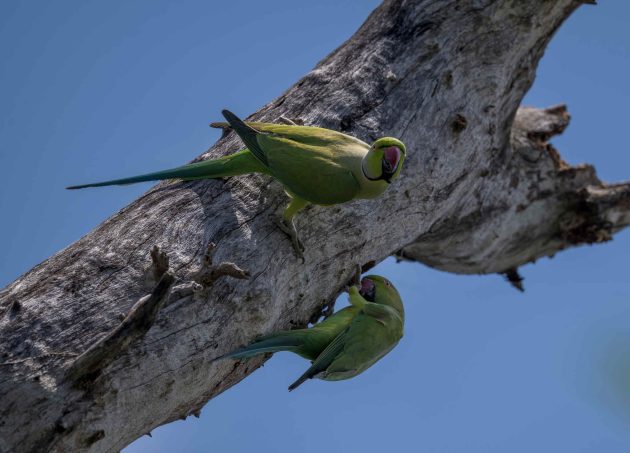
Of course, the lobbying group of Rose-ringed Parakeets, in frequent posts on their social network “Rose Social”, highlights the few positive papers such as
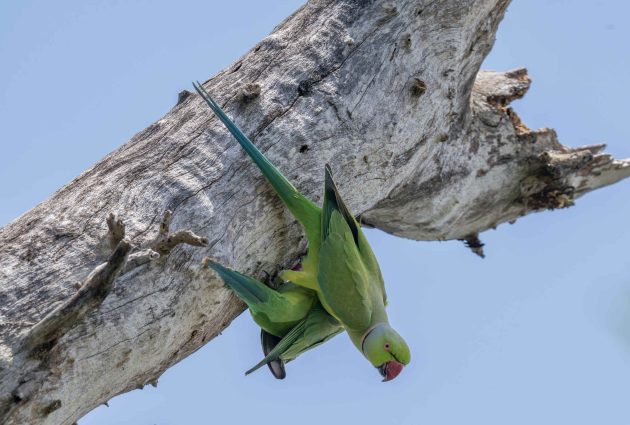
Alien rose–ringed parakeets (Psittacula krameri) attack black rats (Rattus rattus) sometimes resulting in death (in which parakeets indeed attack black rats approaching their nests. While most rats simply flee, a few fall down trees and die, potentially benefiting native bird species).
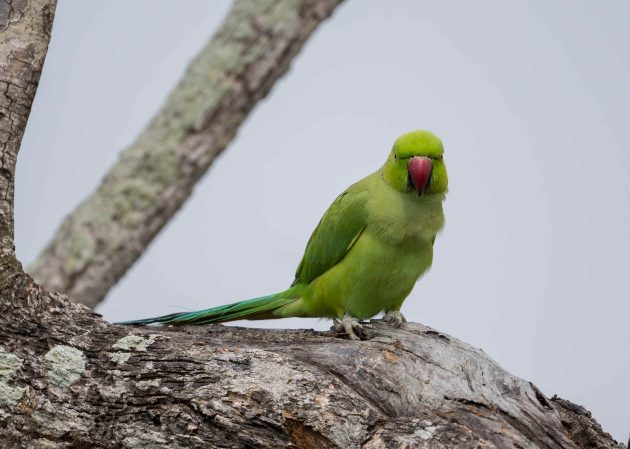
Still, such papers do not keep humans from finding ways of limiting the spread of the species, covered in papers such as
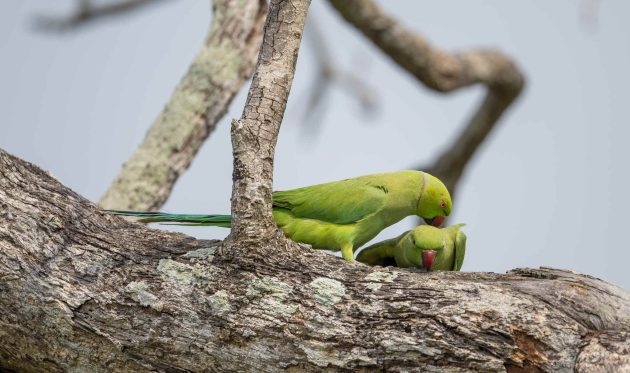
An evaluation of Diazacon as a potential contraceptive in non-native rose–ringed parakeets (“diazacon has potential for fertility control in this species if a suitable formulation and delivery system is developed for free-living populations”)
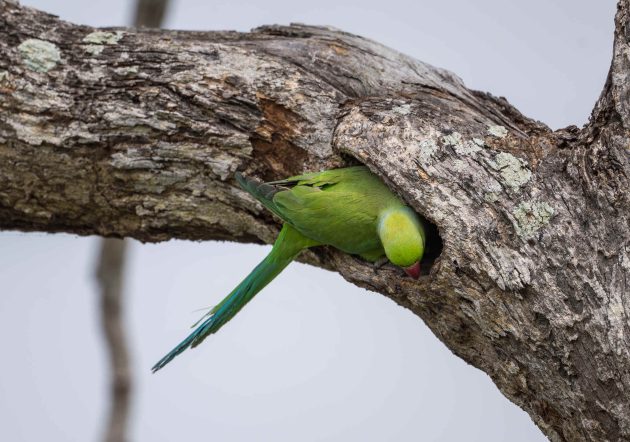
That said, all photos shown in this post were taken in Sri Lanka (in March 2025), where the Rose-ringed Parakeet is a native, not an invasive species.
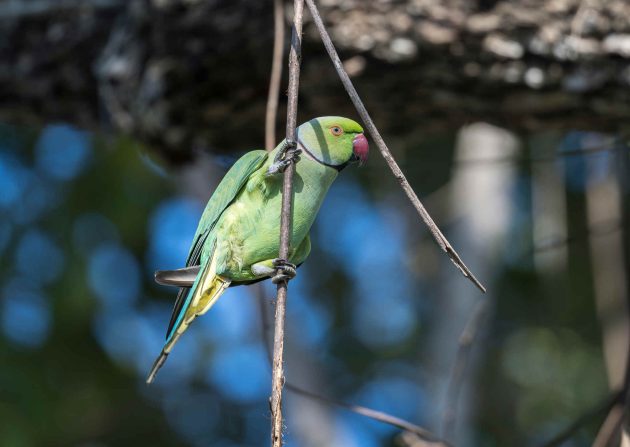
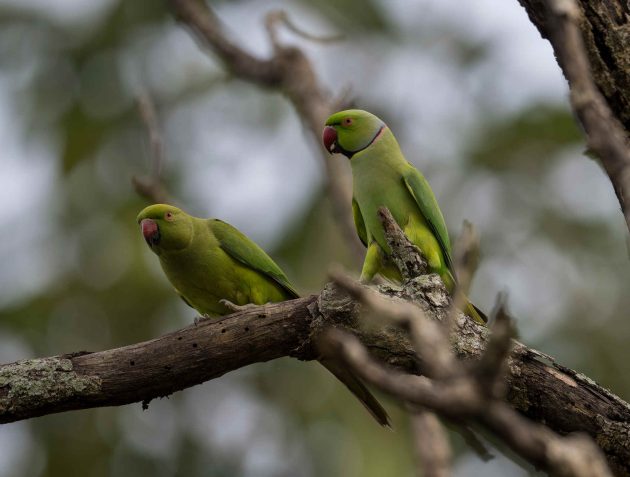



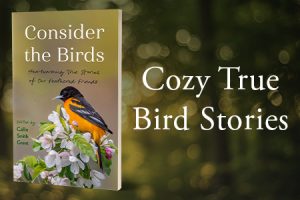




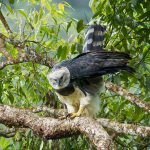
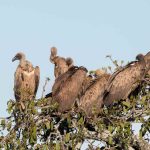
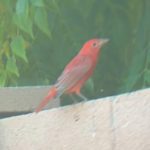
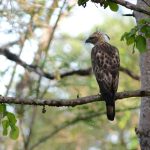
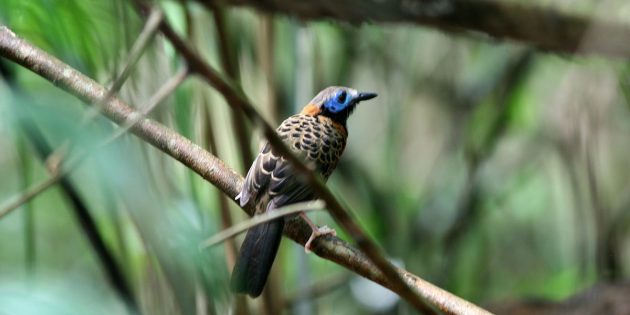
We now have a population of several thousand of these birds in Britain (where we usually call them Ring-necked Parakeets, which doesn’t sound as nice as Rose-ringed). The biggest numbers are in London, as they prefer city living to life in the countryside. Their impact on native birds is still being debated, but there are now so many of them that they can hardly be good news. So far no efforts have been made to control the population, which is probably too big now to do anything about.
These are my favourite parakeets. See them every day in my garden. Feeders will be going up once the wild fruit has gone.
What I find interesting is their disjointed native range. Part in North-Central Africa, another in South Asia.